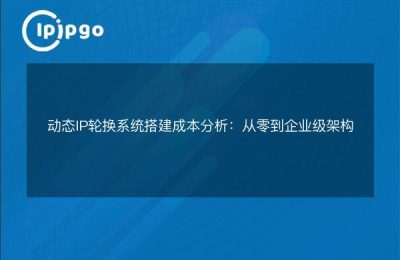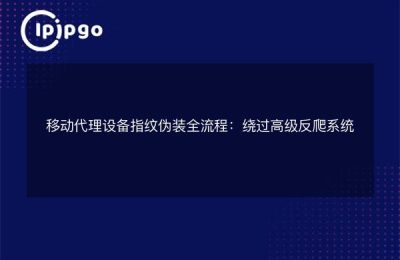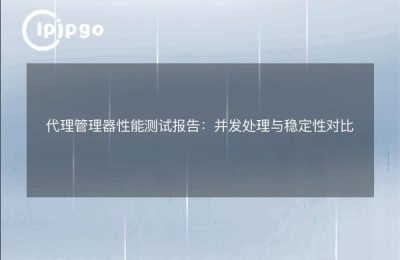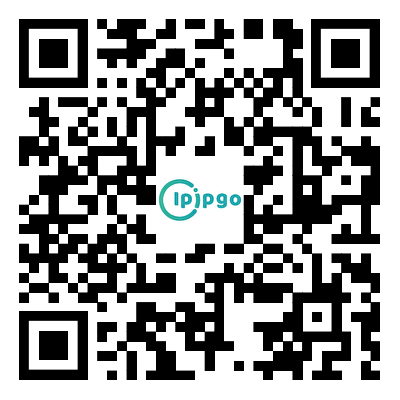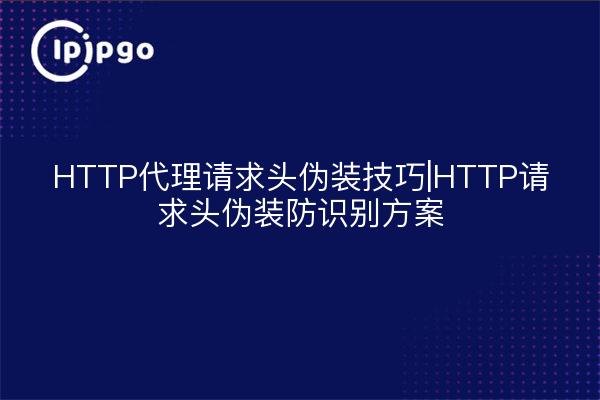
Core logic for HTTP proxy request header masquerading
Many people in the use of proxy IP is easy to ignore the request header information, in fact, the server is the first to read your request header. The request header is like a courier face sheet, if the face sheet information does not match the actual content of the package, the courier (server) will suspect the authenticity. Through ipipgo's global residential IP resources with request header camouflage, you can effectively avoid being recognized by the target website as proxy traffic.
Three key points for request header parameterization
User-Agent camouflage should be thorough:Don't use Python's default "python-requests/2.28.1″ obvious features. It is recommended to choose according to the actual scenario:
- Browser type: Chrome 120/Edge 119/Firefox 121
- Operating System: Windows 10/Mac OS X 14.2/Android 13
- Device Model: iPhone 15 Pro/Samsung Galaxy S24
When using the dynamic residential IPs provided by ipipgo, it is recommended that the User-Agent corresponding to each IP remain unchanged for 72 hours.
Accept-Language to be geographically appropriate:When using ipipgo's German residential IP, you should set "de-DE,de;q=0.9″, and Japanese IP corresponds to "ja-JP,ja;q=0.9″. Do not have a situation where multiple languages are mixed.
Dynamic parameter rotation scheme
| Parameter type | Recommended rotation frequency | ipipgo adaptation program |
|---|---|---|
| User-Agent | Per 500 requests | Dynamic residential IP auto-binding UA library |
| Referer | Per 20 requests | Supports automatic generation of affiliate jump links |
| X-Forwarded-For | Per request | Residential IP pool auto-populated with real addresses |
Request Header Integrity Detection Methods
When using ipipgo's debug mode, the system automatically checks for missing request header parameters. Common fields that need to be added include:
- Accept-Encoding: gzip, deflate, br
- Upgrade-Insecure-Requests: 1
- Sec-Fetch-Dest: document
It is recommended to set up a request header whitelist in the code to automatically filter out proxy-specific fields such as X-Proxy-ID.
Frequently Asked Questions
Q: What should I do if the request header is still recognized after camouflaging?
A: Check three key points: ① Whether to use residential IP (recommended ipipgo static residential IP) ② Whether to keep the proxy feature field ③ Whether the timestamp matches the time zone where the IP is located.
Q: Do I need to maintain the User-Agent library myself?
A: ipipgo's API interface supports automatic generation of compliant request header parameters, and dynamic residential IP packages already include a real-time updated UA database.
Q: How do I handle SSL fingerprinting issues?
A: It is recommended to enable ipipgo's TLS fingerprinting simulation feature, which supports JA3 fingerprint randomization, and is fully consistent with real browser features.
By reasonably setting the request header parameters with ipipgo's global residential IP, you can achieve the effect that there is no difference between the real user's visit and the real user's visit. It is recommended to carry out request header integrity testing through ipipgo's debugging interface before formal use to ensure that each parameter conforms to the validation rules of the target website.


